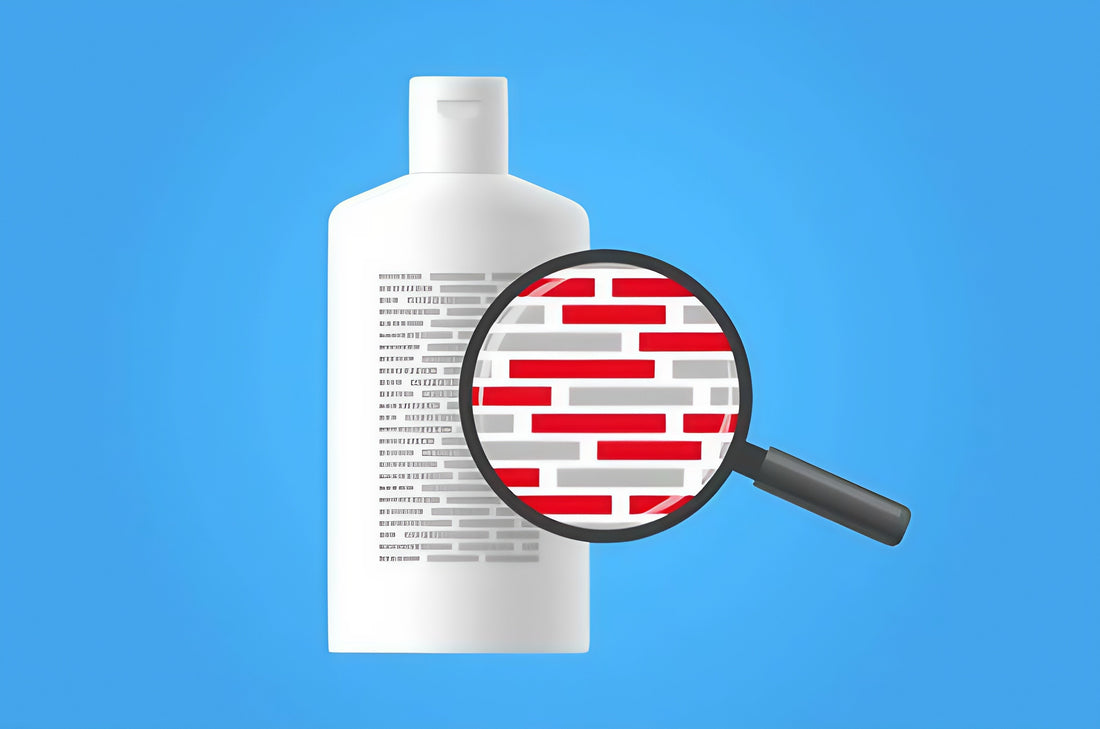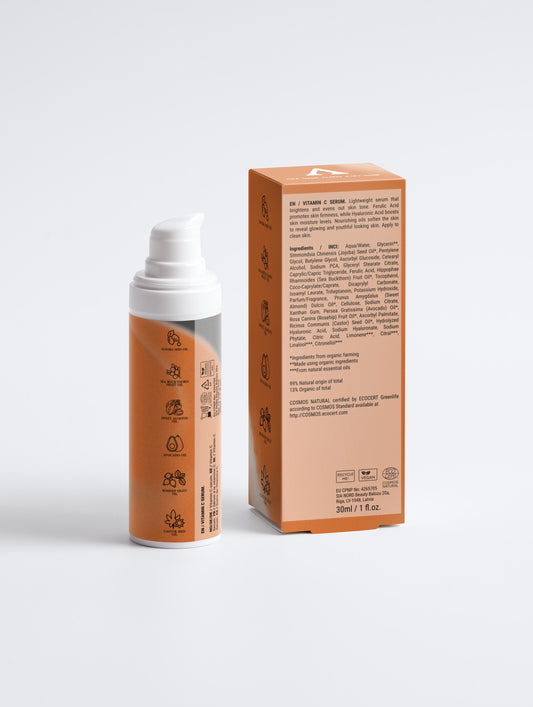
INCI: What is it and why should you know about it?
Introduction
When shopping for skincare products, you may have noticed an ingredient list on the back of the packaging, often containing scientific names that seem difficult to decipher. This standardized ingredient list is known as INCI, and it plays a crucial role in helping consumers understand what they are applying to their skin. However, some skincare brands deliberately hide or make it difficult to access this information, misleading customers about the true nature of their products.
Understanding INCI is essential for making informed decisions about skincare, identifying harmful ingredients, and ensuring transparency from brands. In this article, we will explore what INCI is, why it is important, and how deceptive brands may try to withhold this vital information.
What is INCI?
INCI, or International Nomenclature of Cosmetic Ingredients, is a globally recognized system for naming ingredients in personal care and cosmetic products. Established by the Personal Care Products Council (PCPC), INCI ensures consistency in ingredient labeling, making it easier for consumers, dermatologists, and researchers to understand product formulations regardless of the brand or country of origin.
INCI names are standardized, meaning that regardless of where a product is sold, the ingredients should be listed using the same scientific terminology. For example:
• Aloe Barbadensis Leaf Juice (commonly known as Aloe Vera)
• Tocopherol (Vitamin E)
• Sodium Hyaluronate (a form of Hyaluronic Acid)
• Butyrospermum Parkii Butter (Shea Butter)
Why is INCI Important?
1. Transparency and Consumer Awareness
INCI labeling allows consumers to know exactly what is in their skincare products. This is particularly important for individuals with allergies, sensitivities, or those who want to avoid specific ingredients such as parabens, sulfates, or synthetic fragrances.
2. Avoiding Harmful Ingredients
Some cosmetic products may contain ingredients that are comedogenic (pore-clogging), irritating, or even potentially toxic. Without INCI labeling, consumers might unknowingly expose themselves to harmful substances such as Methylisothiazolinone – a preservative linked to skin irritation and allergies.
3. Verifying Marketing Claims
Many skincare brands make exaggerated claims about their products, such as "all-natural," "organic," or "chemical-free." INCI allows consumers to verify whether these claims are true or if the product contains synthetic compounds or questionable additives.
How Some Brands Use INCI to Mislead Consumers
Despite regulations requiring full ingredient disclosure, some brands attempt to deceive customers by making INCI information difficult to find. Here are some tactics they use:
1. Hiding the INCI List on the Website
Some brands deliberately omit the full ingredient list from their website, displaying only marketing-friendly descriptions like "infused with botanical extracts" or "powered by Vitamin C." This lack of transparency forces customers to purchase the product without knowing its complete formulation.
2. Using Vague or Misleading Terms
Instead of listing the full INCI name, some brands use vague terms such as "plant-based formula" or "proprietary blend," which do not provide any real insight into the ingredients used.
3. Emphasizing a Few Key Ingredients While Ignoring the Rest
Many brands highlight a handful of beneficial ingredients like Hyaluronic Acid or Green Tea Extract but fail to mention other components that may be irritating or unsafe, such as artificial dyes, synthetic preservatives, or high levels of alcohol.
4. Displaying INCI Only on Packaging, Not Online
Some companies include the full INCI list only on the product packaging, meaning customers must purchase the product before discovering what is inside. This tactic prevents easy ingredient comparison and reduces consumer choice.
How to Protect Yourself as a Consumer
1. Always Look for the Full INCI List
When purchasing skincare products, insist on finding the full ingredient list. If a brand does not provide INCI information on their website or customer support refuses to disclose it, consider it a red flag.
2. Use Ingredient Analysis Tools
Several websites and apps allow consumers to check ingredient safety and efficacy:
• INCI Decoder (incidecoder.com)
• EWG’s Skin Deep Database (ewg.org/skindeep)
• CosDNA (cosdna.com)
These platforms help identify potentially harmful or comedogenic ingredients.
3. Be Skeptical of Overly Vague Marketing
If a product’s ingredient list is difficult to access or filled with vague terms, the brand may be hiding something. Choose brands that prioritize transparency and scientific accuracy.
4. Educate Yourself on Common Ingredients
By learning to recognize common skincare ingredients, you can better understand what works for your skin and avoid products with potentially harmful additives.
Conclusion
INCI is a vital tool for ensuring transparency in skincare and cosmetics. Brands that omit or obscure their ingredient lists are often doing so to mislead consumers and avoid scrutiny. As a skincare consumer, you have the right to know what you are putting on your skin. By understanding INCI, demanding transparency, and using ingredient analysis tools, you can make better-informed choices and support ethical, science-backed skincare brands.
Always remember: if a brand refuses to disclose its full ingredient list, it’s likely they have something to hide. Choose wisely and prioritize your skin’s health above all else.








